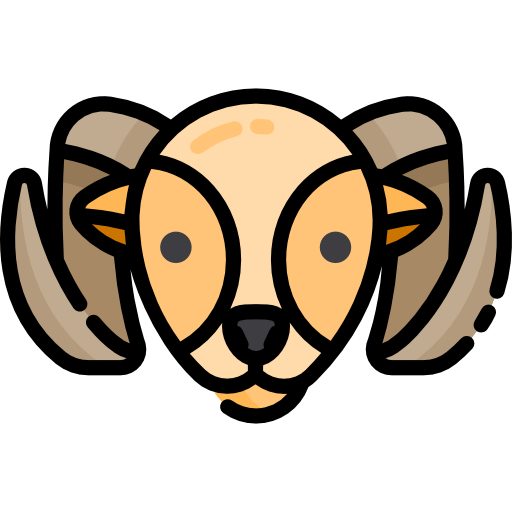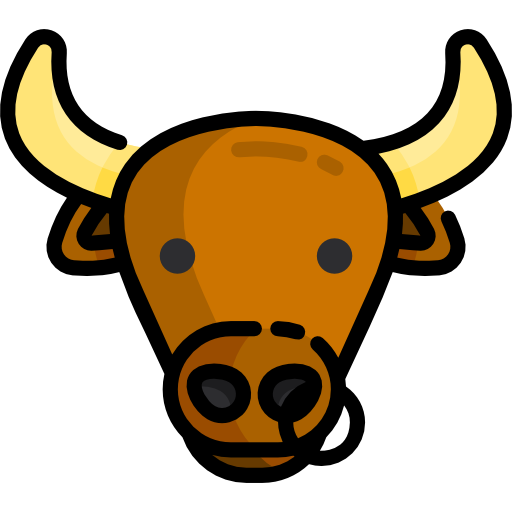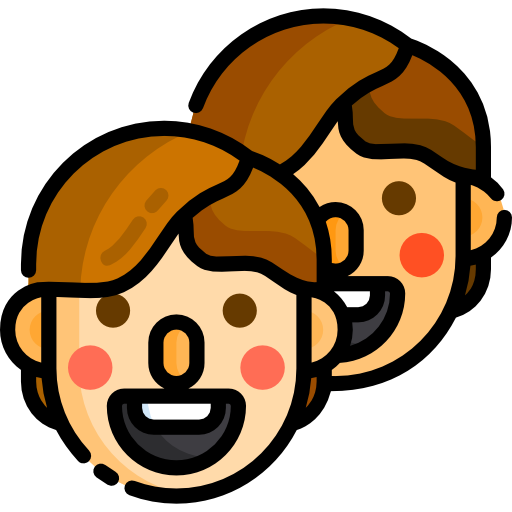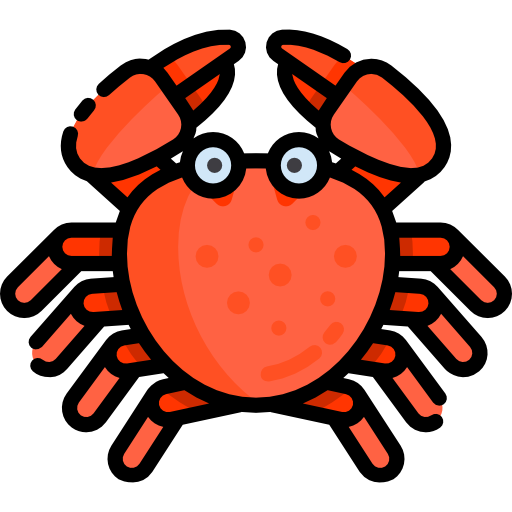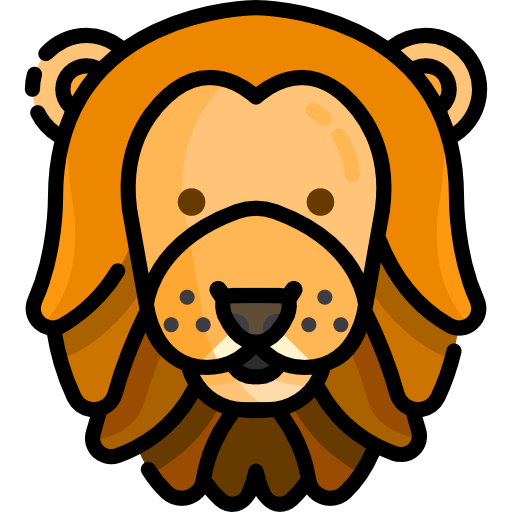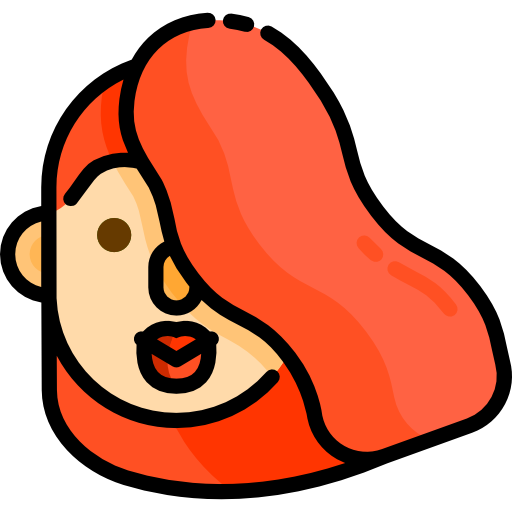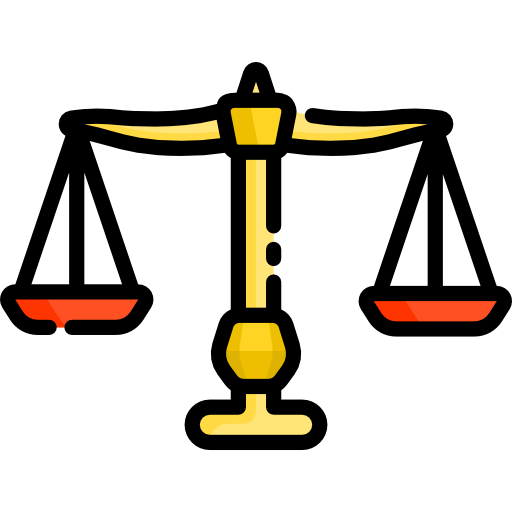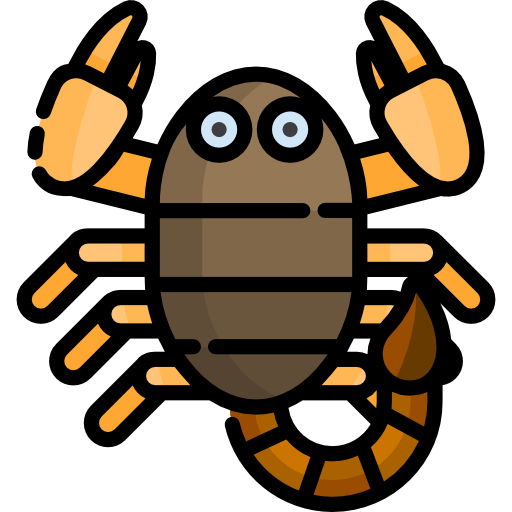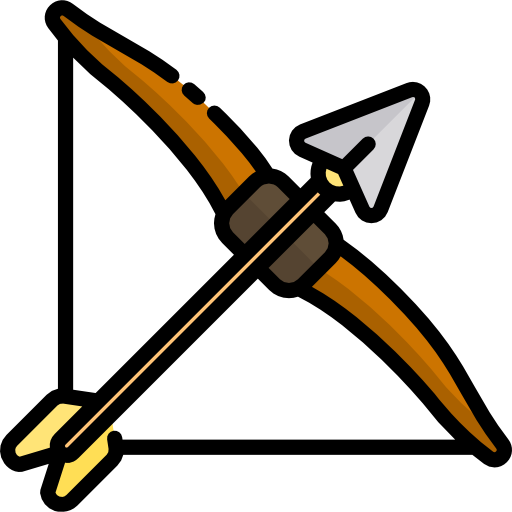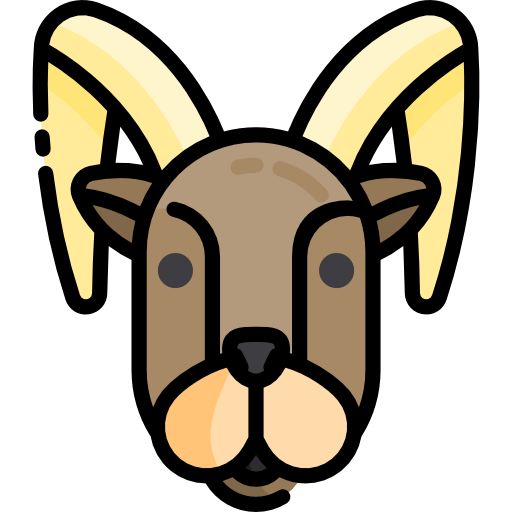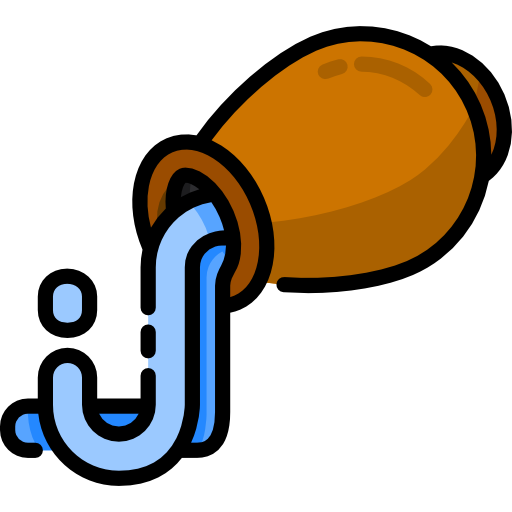How to read and use Tarot cards at home
You've just picked up a Tarot deck, most likely your first, spent some time familiarizing yourself with the cards and are ready to use them. This is an exciting task - insights into your past, present and even factors that influence your future can be found in these cards.
You may be a little confused or overwhelmed. There are a lot of cards to master (we'll get to that shortly), and if you've read the booklet that came with your deck, you're probably feeling just a little closer to becoming the intuitive you know you are.
But with the Tarot, it's better to exchange fear for confidence. By the time you've finished reading here, you'll feel much more comfortable drawing, positioning and reading your cards.
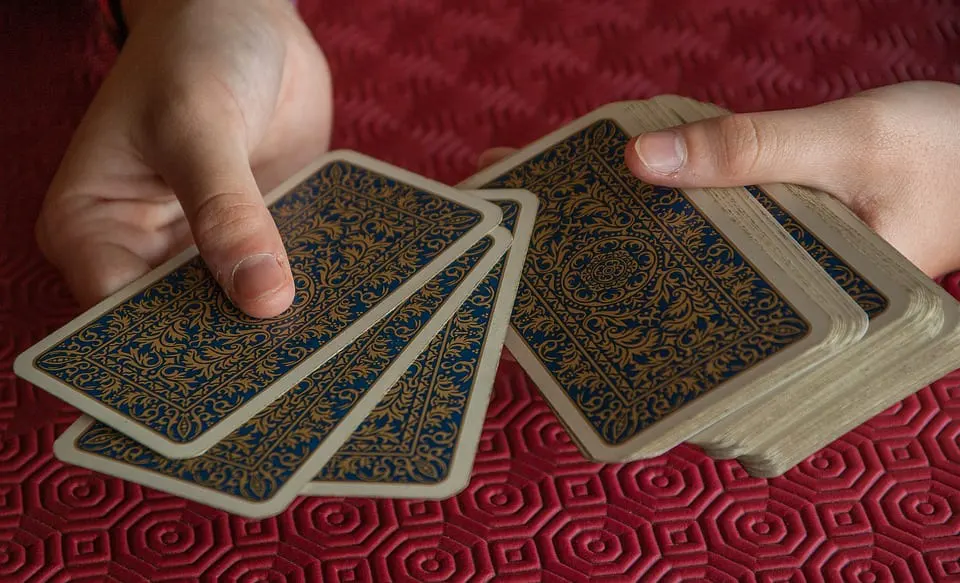
What is Tarot?
First, a bit of history - Tarot began as a card game in the 15th century. So, although it may seem that card reading is an ancient practice, the use of the Tarot for divination actually emerged in the 18th century. As the Tarot deals with archetypes (or universal symbols), the meanings of each card and the stories these meanings tell span culture, continent and time.
You may have seen the Tarot presented as a means of telling the future - even changing it - but the cards are really more useful for reflection and empowered decision-making. From this point of view, the Tarot can only help you on your journey to fulfillment.
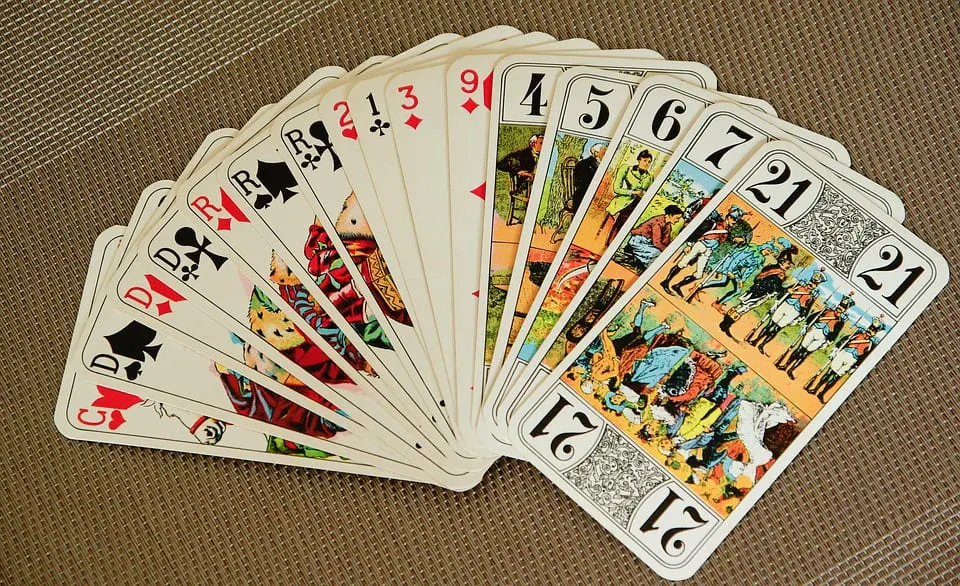
Why do some Tarot cards have suits and others don't?
If you take a good look at your cards, you'll notice that some have distinctive names and are numbered from zero to 21 (or from one to 22, depending on the deck), while others appear numbered in the same way as you might see in a traditional deck, complete with aces, kings and queens. The cards without suits form the major arcana. Those that are labeled as belonging to clubs, hearts, spades and diamonds make up the minor arcana. A standard deck has 78 cards: 22 in the Major Arcana and 56 in the Minor Arcana.
What are the Major Arcana in the Tarot?
The major arcana are made up of cards that directly represent archetypes and suggest the main themes and lessons that the consultant (the subject of the reading) should pay attention to.
There are many cards in the deck that symbolize imminent change. If the Major Arcana cards - think Death or The Tower - appear, it means that the changes will be big, important and an opportunity for a life-changing lesson.
Of course, not all the cards that make up the Major Arcana are the same. Depending on your deck - and they are available in increasing and ever more creative numbers - some card names may be changed. Make sure you read through your deck to pick up on all its idiosyncrasies.
What are the Minor Arcana in the Tarot?
The minor arcana represent the joys, triumphs, hopes, fears, annoyances and challenges that we experience every day. The word "minor" does not imply that these issues are not important; it just means that they are more temporary and less comprehensive than those you will see in the Major Arcana cards. They are also easier to act on.
The minor arcana is separated into four suits - clubs, swords, diamonds and hearts, traditionally - and each suit relates to a facet of human experience. Clubs represent action and motivation; swords represent thought processes and decision-making; hearts represent feelings and emotions; and diamonds represent the material world, such as work and finance.
Some decks may mix it up, but the meanings generally remain the same.
Ready for a Tarot reading?
This "intensive post" has led to a simple goal, a readiness to give yourself - or soon, perhaps others - a reading. If you've heard that it's not good to give yourself a reading, know that this is a myth. In fact, using the cards to gain insights is one of the quickest ways to start being honest with yourself - all it takes is a simple shuffle.
There are a variety of Tarot spreads to try. And while it's tempting to lay out a ten-card Celtic cross, it's better to start with something a little more basic, although just as powerful. A three-card spread is both enlightening and versatile.
How to draw three cards in the Tarot
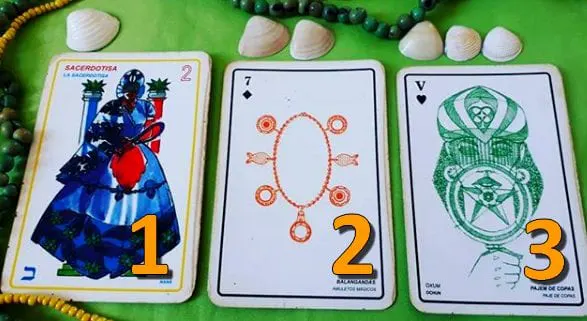
Start by shuffling the deck while contemplating your question. You may want to cut your shuffled deck into three piles and then reassemble them before pulling your cards, or you may not either, do whatever feels right at the moment. Similarly, you can spread the cards face down and move them around before picking, instead of splitting the deck. How you shuffle is entirely up to you - the most important aspect is your unwavering concentration on the question you want answered.
Pull three cards from the top of the deck and position them to be read from left to right. This opening may seem simple, but it's also very versatile. You can use the cards to indicate past, present and future, or situation, action and result. If you're doing a relationship reading, you could even designate the first card as yourself, the second as your partner (or potential partner) and the third as the relationship between the two of you. Just don't change the query parameters in the middle of the reading!
Don't worry if you don't know the meaning of all the cards yet - after all, there are 78 of them. A big part of reading the Tarot is building your own intuition. Master the keywords associated with each card - use your booklet or our page with the meaning of each tarot card as a reference - and remember that the illustrations are there for a reason and it's probably a factor that made you choose your deck! Look closely at the cards, notice how they relate to each other - look for connections. They should tell a story. Most importantly, don't worry about perfection. Time, practice and an open mind will serve you well on this journey.
Now press pause on your research and practice some openings and interpretations for yourself and your friends.
If you've made it this far, I'm sure you have the potential to become a real psychic.
You feel that you have a greater sensitivity to spiritual aspects and people's personalities. You are always the one that friends come to for advice on some aspect of your life.
The Tarot works like an oracle and by reflecting on its meanings and interpretations you can reach a higher level of awareness about yourself and the world.
